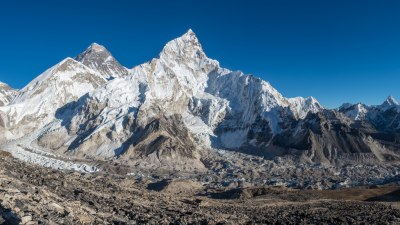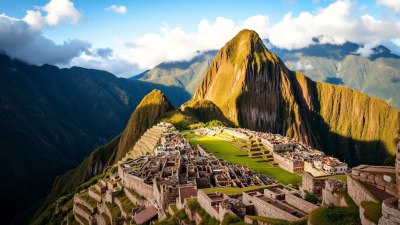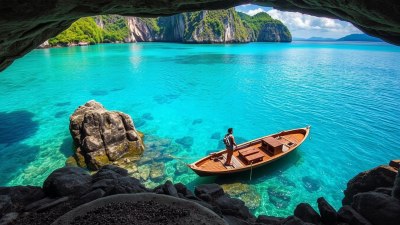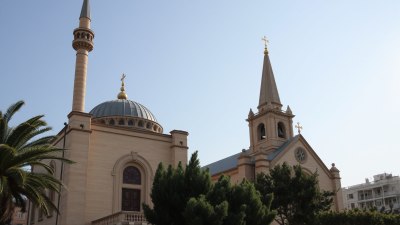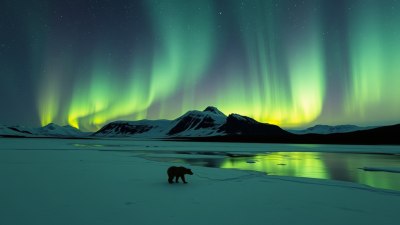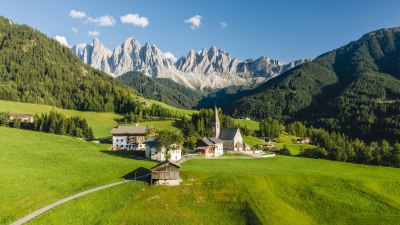Futuristic Cities That Are Changing the Way We Live
Explore the innovative cities reshaping our future with smart technology, sustainability, and urban design.
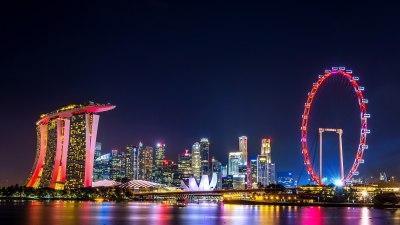
Image by tawatchai07 on Freepik
The concept of futuristic cities has always fascinated humanity. As we delve deeper into the 21st century, the transformative power of modern technology, coupled with a growing awareness of environmental challenges, has catalyzed the rise of cities that not only redefine urban living but also represent the ideals of a sustainable future. These cities utilize innovative architecture, smart technology, and eco-friendly practices to enhance the quality of life for their residents while minimizing their ecological footprint.
1. Singapore: A Green Metropolis
Singapore is often cited as one of the leading examples of a futuristic city. Renowned for its impressive skyline, the city-state also places a strong emphasis on sustainability. The government has integrated green spaces into the fabric of the urban environment. Initiatives like the Gardens by the Bay, with its remarkable Supertrees and biodomes, demonstrate how urban areas can harmoniously co-exist with nature.
Additionally, Singapore employs smart technologies such as an island-wide wireless network and an extensive public transport system, ensuring efficiency and accessibility. The city is also committed to becoming one of the world's first zero-waste cities, showcasing the potential for modern urbanization to align closely with environmental responsibility.
2. Dubai: The City of the Future
Dubai is a shining example of what can be achieved when ambition meets technology. Known for its breathtaking architecture, including the Burj Khalifa and the Palm Jumeirah, this city has also invested heavily in becoming a smart city. The Dubai Smart City initiative leverages cutting-edge technology to streamline everything from transportation to public services.
Drones are employed for everything from deliveries to infrastructure inspections, while plans for self-driving cars and autonomous public transport systems are in the works. Furthermore, Dubai's focus on renewable energy, including a major commitment to solar energy, indicates a clear trajectory towards a sustainable future.
3. Masdar City: The Sustainable Urban Development
Located in Abu Dhabi, Masdar City is perhaps the most ambitious urban development project focused purely on sustainability. Designed to be carbon-neutral, this city uses only renewable energy sources. One of its key features is its zero-carbon public transportation system, primarily relying on electric vehicles.
The architecture of Masdar City incorporates traditional Arabic designs, which help to reduce energy consumption through natural cooling methods. The emphasis on walkable neighborhoods encourages community interaction and reduces reliance on cars. Although still under development, Masdar City is a monumental step towards envisioning fully sustainable urban living.
4. Songdo: The Smart City
Built from the ground up in South Korea, Songdo is a prime example of a smart city. It was constructed with the latest technology embedded into its very fabric, including a city-wide sensor network that monitors air quality, traffic flow, and even waste management. This allows for real-time data collection and analysis, leading to more informed city planning and management.
Songdo features extensive green spaces and a design that promotes cycling and walking over car usage. It is home to numerous educational and corporate institutions, making it a hub for innovation. Additionally, the integration of smart technologies allows Songdo to adapt to the needs of its residents dynamically.
5. Helsinki: A City for the People
Helsinki in Finland embraces the concept of a people-centered city. Its development schemes prioritize the well-being of its inhabitants, integrating technology and sustainability into everyday life. Through the Smart Helsinki initiative, the city encourages participation from its residents in developing services and solutions that improve their quality of life.
Helsinki also competes with its peers by pushing for a carbon-neutral economy by 2035. This goal reflects in its extensive public transport network, widespread geothermal heating, and solid waste management systems that focus on recycling. The city continues to foster a culture of innovation, evidence of which can be seen in its numerous startups and tech ventures.
6. Auroville: The Experimental City
Auroville, located in India, is an experimental township that seeks to create a community living in harmony. While not a conventional city in the traditional sense, it embodies futuristic ideals. Founded on the principle of human unity, Auroville is a place where individuals from around the globe can co-exist and work together towards sustainable living.
The city runs on renewable energy and emphasizes sustainable agricultural practices. Its unique approach to governance and community organization serves as a model for alternative urban living, showcasing how diverse cultures can come together to forge a greater societal good. Auroville's commitment to sustainable development and community building sets it apart as a futuristic vision of living in harmony with nature and each other.
7. Tokyo: The Resilient Megacity
Tokyo may not be futuristic in the same way as others on this list, but its resilience and adaptability make it a significant player on the global stage. With a population of over 37 million, Tokyo continuously pushes the boundaries of technology in urban environments. The city employs advanced disaster preparedness technology, ensuring the safety of its residents in the event of earthquakes and tsunamis.
Additionally, Tokyo's integrated transport system is often viewed as a model for megacities worldwide, providing an efficient means of transit to millions daily. The promotion of mixed-use developments fosters community interaction, while smart technology is used to manage everything from traffic flow to energy consumption.
8. Toronto: Smart and Sustainable
Toronto is transforming itself into a smart city that boasts an ambitious plan to reduce its greenhouse gas emissions by 80% by 2050. Initiatives such as Sidewalk Toronto illustrate the city’s commitment to incorporating technology and green spaces into urban development.
This project aims to create a neighborhood that exemplifies cutting-edge innovations in sustainability, accessibility, and community design. Additionally, Toronto's extensive public transit and bike-sharing systems make it easier for residents to navigate the city without relying on personal vehicles, reducing congestion and pollution.
9. Chengdu: The Urban Forest
Chengdu, in China, is redefining urban living through its unique ‘Forest City’ concept. The city aims to combat urban heat and pollution through the creation of green spaces and vertical forests that filter the air and provide natural cooling.
The project includes sustainable practices such as energy-efficient buildings and a strict emphasis on public transport designed to reduce the reliance on cars. Chengdu's commitment to increasing urban greenery not only enhances the quality of life for residents but also serves as a blueprint for cities looking to integrate ecological systems into urban planning.
The Future is Urban
The evolution of futuristic cities is shaping the way we live, work, and interact with our urban environments. From Singapore's green initiative to Auroville's community-driven model, these cities showcase the possibilities of sustainable living tailored to the modern world's challenges. As urban populations continue to grow, the importance of developing smart, resilient, and inclusive cities will be more crucial than ever. The future of urban living is not just about advanced technology, but also about fostering community, sustainability, and a better quality of life for all inhabitants. As we look ahead, these examples remind us that the cities of the future can indeed provide more than just a place to live; they can offer a thriving, interconnected community where nature and technology coalesce harmoniously.
